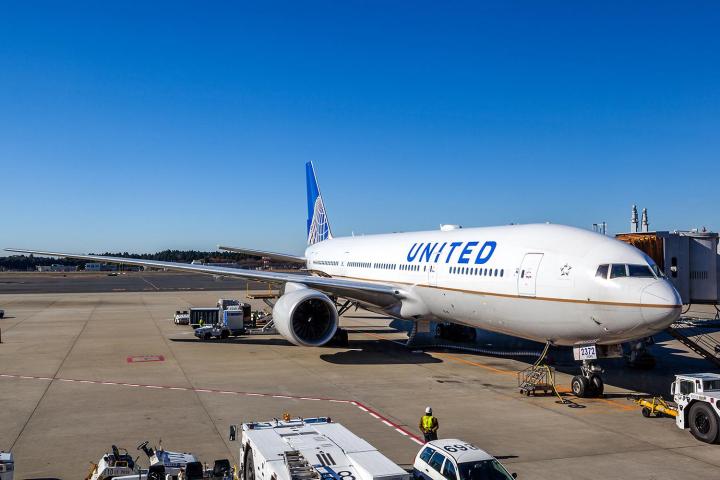
Updated on 8-13-2016: iPass also expands partnership with Deutsche Telekom
Included in this latest announcement are Lufthansa, Aer Lingus, Etihad, and American Airlines. Patricia Hume, chief commercial officer at iPass, said the partnership “reaffirms iPass’ commitment to providing unlimited and everywhere Wi-Fi access to our customers by extending our footprint across major airlines.”
“Our continued partnership with iPass helps our airline customers to stay connected easily,” said David Fox, Vice President In-Flight at Deutsche Telekom. “Inflight Wi-Fi continues to enjoy strong growth in usage, therefore seamless and convenient internet access is essential to delivering a superior customer experience to this ever-growing audience.”
As for iPass’s partnership with United, it was announced in early August that the cloud-based service would be providing its customers with Wi-Fi access to the United Airlines Wi-Fi in-flight network. The rollout, which is slated to begin during the fourth quarter of 2016, will give iPass users “a secure, frictionless Wi-Fi experience as they move from the airport terminal to United Airlines aircraft and beyond, utilizing a single service.”
Connectivity in the clouds has become quite the topic of conversation, as an increasing number of airlines seek to equip their passengers with different methods of staying online, even while flying. And with iPass’ status as “the world’s largest Wi-Fi network,” boasting more than 57 million hot spots across 120 countries, United customers may be in luck.
“In an increasingly connected world, ubiquitous, reliable, and secure connectivity has become a requirement for mobile professionals,” said iPass CEO Gary Griffiths. “In-flight is a critical venue for keeping United Airlines and iPass customers connected, and United Airlines is an essential addition to our in-flight offering. We are delighted to enter into this partnership with United Airlines.”
By the time the rollout is complete, eligible iPass customers should have access to the internet across United Airlines’ entire Wi-Fi-enabled fleet of more than 700 aircraft, representing the world’s largest high-speed, satellite-equipped bevy of planes.
Scott Wilson, United’s vice president of merchandising and eCommerce, echoed these sentiments. In a statement, Wilson noted, “United is dedicated to giving our customers the choice to be productive, relaxed, or entertained in-flight. Working with iPass enables us to further deliver on that promise for our customers, who will benefit from faster logins and greater ease of connection.”


